14.07.2023 - EU Machinery Regulation published - Update
On June 29, 2023, the new EU Machinery Regulation was published in the Official Journal of the European Union. In addition, on
04.07.2023 already the first corrigendum to the new machinery regulation was published; corrected dates.
The new EU - Machinery Regulation will probably replace the currently valid Machinery Directive 2006/42/EC after a transition period of
of 42 months (3 years and 6 months).
This will happen in such a way that on one day the old Machinery Directive will apply and on the next the new
EU Machinery Regulation has to be implemented. So there will be no time interval during which both sets of regulations are valid.
The good news:
We all have 42 months to prepare for the new regulation and assume that it will address the challenges
to modern machinery in a more comprehensive and up-to-date way.
The challenge:
All economic actors (e.g., manufacturers, distributors, operators...) will be faced with changed obligations, so that the previous approach must be questioned and adapted.
You know us as a specialist office for the safety of plant and machinery, and we will of course be happy to assist you in this area as well.
stand by your side. Visit our website and find current information about our services and developments.
and developments.
If you have any questions, do not hesitate to contact us!
________________________________________________________
31.01.2023 – Update
For more than 15 years, the Machinery Directive 2006/42/EC has been the central bdy of regulations for machinery and equipment in the European Economic Area. It is now in being replaced by the new "EU Machinery Regulation". The current draft for this new set of rules [LINK: eur-lex.europa.eu/legal-content/EN/ALL/] which was drawn up by representatives of the European Council’s member states has been made available on July 12, 2022.
The need for new regulation is caused by the many inherent deficits in the currently valid Machinery Directive. In addition, the old directive 2006/42/EC does not cover new risks adequately. Furthermore, the revision of the Product Safety Directive 2006/42/EC on machinery is also geared toward digital transformation and the strengthening of the internal market.
Back in February 2020, the European Commission produced a "Report on the impact of artificial intelligence, the Internet of Things (IoT) and robotics in terms of safety and liability." It found that the current product safety legislation included a number of gaps and problems. These are now to be addressed in the new Machinery Regulation.
The proposal pursues policy goals in the area of digitalizing and wants to close the gaps in the Machinery Directive. To do so, it aims to tackle the following problems:
Problem 1: The Machinery Directive does not adequately cover new risks arising from emerging technologies.
These include.
- Collaborating Robots (Cobots).
- "Connected Machinery" (cybersecurity, IT security)
- Software updates (cybersecurity, IT security)
- Self-learning machines (Artificial Intelligence)
- Autonomous machines (cybersecurity, IT security)
Problem 2: Legal uncertainties due to lack of clarity concerning the scope and definitions as well as potential security gaps for traditional technologies.
These include:
- Overlaps or inconsistencies with other relevant EU legislation that have been identified and addressed.
- The definition of "machinery" has been clarified.
- In addition, the exclusion of means of transport needs to be clarified. Also, the contiguity of the exclusion of some products which include a WLAN function and fall into the Low Voltage Directive 2014/35/EU needs to be strengthened.
- Substantial modifications / changes without the consent of the manufacturer, so that a device may no longer comply with essential health and safety requirements.
- A number of requirements for traditional technologies that do not relate to new technologies need to be adapted. These requirements relate to machinery from Annex IV of the old MRL.
Problem 3: Inadequate provisions for high-risk machinery.
Some member states or stakeholders consider third-party conformity assessments more appropriate to cover the high risks posed by certain groups of machines:
As it has been established 15 years ago, the current list of high-risk machinery in Annex I (new) is now considered outdated. Machines that are no longer considered high risk and/or to include new ones (e.g. machines that integrate AI systems that perform a safety function, ...) need to be deleted.
Problem 4: High costs due to extensive paper-based documentation.
The EU Parliament called for the introduction of digital operating instructions. Compromises to the extent that a basic digital operating manual is preferred but a paper form has to be supplied upon request, are currently emerging in the negotiation documents.
Problem 5: Inconsistencies with other Union legislation concerning product safety.
Some directives have already been adapted to the so-called New Legislative Framework (NLF), e.g. the Low Voltage Directive or the EMC Directive. The basis of the New Legislative Framework is Decision 768/2008/EU [LINK https://images.ibf-solutions.com/fileadmin/Dateidownloads/beschluss-768-2008-eg-des-europaesischen-parlaments-und-des-rates.pdf]. It defines, for example, uniform designations for economic operators (manufacturers, importers, etc.) and different modules for conformity assessment procedures. Although the current Machinery Directive 2006/42/EC is a directive of the so-called "New Approach", it has not yet been adapted to the New Legislative Framework.
Different definitions exist in different EU harmonization regulations such as the Machinery Directive and the Low Voltage Directive. For this reason, the proposal aims to eliminate these deviations.
The objective is to ease the burden on manufacturers who have to comply with more than one product safety legislation which applies to their products (e.g. machinery that is subject to both the Machinery Directive and the Radio Equipment Directive).
Another simplification aspect is the complementarity of the proposed AI and machinery legal acts. Here, the AI Regulation delegates the conformity assessment to the machinery, so that the risk assessment for the whole machinery with AI systems is only carried out under the future Machinery Products Regulation.
Problem 6: Divergences in interpretation due to transposition into national law.
It is proposed that in the future, a regulation – rather than a directive (as is the case with the current Machinery Directive 2006/42/EC) – will stipulate the machinery-specific product safety in Europe. This will avoid translation into national law by the Member States and ensure consistency in the interpretation of the legal act and its implementation.
Schedule until the new EU Machinery Regulation becomes valid:
On December 15, 2022, EU Council and EU Parliament negotiators reached a preliminary political agreement on the new Machinery Regulation.
The negotiations so far have taken place as so-called "informal trilogues." This means that official decisions, especially in the EU Parliament, are still pending. It will therefore take some time before they are published in the EU Official Journal. Initial results will be presented to the relevant committee at the end of January. After a vote, the new Machinery Regulation might be officially adopted in the first quarter of 2023.
The current draft stipulates that the new regulation is to be applied 42 months after its official publication (the date refers to the regulations actual adoption, not its draft). The exact date depends on the official publication date of the regulation in the Official Journal of the EU, so no exact date can currently be given. Manufacturers therefore have time to prepare for the new requirements, but they will have to comply by the deadline (mid-2026 at the earliest).
As soon as the official documents are available, we will inform you what will apply from fall 2026 on this page.


